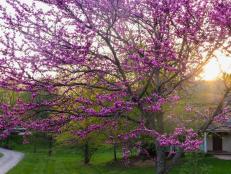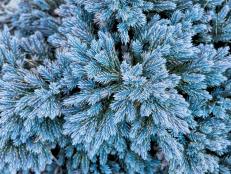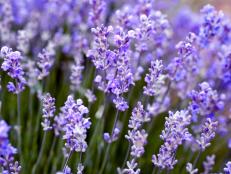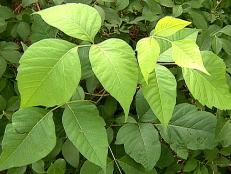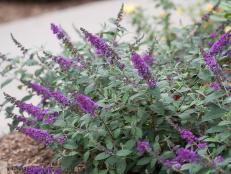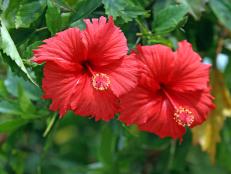How to Plant and Grow a Bald Cypress Tree
Learn all about bald cypress trees, plus get expert tips and information for choosing, planting, growing and caring for water-loving bald cypress in your home landscape.

There’s something calming about bald cypress trees. The way the soothing sage green, feathery needles drape from semi-pendulous branches recalls images of this tree growing in perfectly still and quiet misty wetlands. True, bald cypress is naturally found growing directly in or next to water — which is why it's sometimes called swamp cypress — but that doesn’t mean that it needs standing water to grow. In fact, bald cypress will grow in most landscape conditions and makes a spectacular addition to parks, street plantings, and even home gardens.
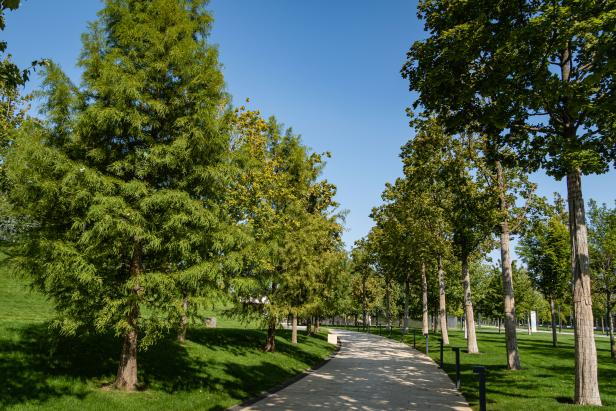
Shutterstock/Alexander Denisenko
Botanical Name: Taxodium distichum
Common Name: Bald Cypress, Swamp Cypress
Light Needs: Full sun
Hardiness Zones: 4 to 11
Height & Width: 70’ high and 30’ wide
Growth Rate: Medium
Bald cypress is native to wetlands from Delaware south to Florida and Texas and west into Missouri. This southern native grows happily in cultivation in much colder climates, as far north as Minnesota, New York and even in southern Canada. Both bald cypress (Taxodium distichum) and its close relation pond cypress (T. distichum var. imbricarium) are often naturally found in mixed company, with bald cypress usually growing directly in water and pond cypress growing just uphill.
This species is well known for developing knobby knees that protrude from surrounding water or extremely moist soil. Bald cypress doesn’t need standing water to grow and tends to produce fewer cypress knees in normal landscape conditions. Actually, when grown in a lawn that is mowed regularly, bald cypress may not grow knees at all.
Height and Habit
Bald cypress is an impressive tree that will grow to nearly 100 feet in height in its natural habitat, although it usually maxes out somewhere between 50 and 70 feet tall in most landscape conditions. Young trees have a pyramidal habit that opens up to a more open and even flat-topped form in old age.
Foliage and Bark
Arching, semi-pendulous branches are covered with delicate feathery needles. Brilliant lime green new growth softens to sage. Bald cypress is one of just a few deciduous conifers, which means that its foliage will take on a rusty color in the autumn before dropping for the winter. Once the leaves are gone, the attractive fibrous red-brown bark is even more noticeable, making this a beautiful addition to the winter landscape.

Shutterstock/IrinaK
This is the vision most people have of bald cypress, but in a home landscape, it grows a bit differently.
How to Use in Your Landscape
Bald cypress grows well in normal soils, but it thrives in poorly drained, wet conditions where many other common landscape trees fail. This stately tree looks magnificent next to water, so if your property borders a river, pond or lake, that’s the perfect spot to plant your bald cypress. This species is also an excellent tree for windy conditions. The extensive root system anchors well into the soil and prevents high winds from tipping the tree.
Bald cypress is an impressive shade tree that needs plenty of room to grow. Compact and narrow columnar varieties are available for smaller yards. Check the plant label for spacing recommendations, and remember to avoid planting too close to power lines where utility companies may need to trim the canopy for clearance.
How to Plant Bald Cypress
Both bald and pond cypress are usually available as nursery-grown container plants. Trees grown in plastic pots often have circling roots which will need to be completely removed before planting. Although this seems severe, removing circling roots helps the long-term health of the tree by preventing future root girdling, which puts pressure on the main trunk. Use a sharp spade, planting knife or hand saw to shave off the outer circling roots.
Next, gently look through the soil on top of the container to find the root flare where the tree trunk meets the roots. Nurseries often plant trees a little deep in their pots to keep them from blowing over in the field, which means that if you plant the tree at the same soil level it has in the container, it will be planted too deeply. Look for the first woody roots that shoot off from the stem — this part of the tree needs to be level with the soil surface after planting.
Dig a hole that is the same depth as the container and roughly 1.5 times its width. Gently set the root ball in the hole and backfill with soil. Be sure to crumble up any large, sticky clods before packing them around the roots. Give your new tree a good, long drink, then spread a healthy layer of weed-suppressing mulch below the tree canopy.
Bald Cypress Care
Bald cypress are generally low maintenance trees — especially once they are established. This species prefers acidic soils and may struggle in alkaline conditions. Yellow, chlorotic needles are a symptom of a lack of iron due to alkaline soil. These trees are susceptible to a few pest and disease issues, including cypress moth, fruit tree leafroller, gypsy moth, spider mites, twig blight and cankers. If your tree seems to be struggling, your local county extension service should be able to help you discover the cause of the problem and find a solution.
Popular Bald and Pond Cypresses
Weeping Cypresses
- ‘Cascade Falls’ – magnificent weeping habit; may have more of a ground cover appearance as a juvenile, but will reach roughly 20’ in height at maturity
- ‘Falling Waters’ – unlike ‘Cascade Falls’, this variety develops a central leader; has been used as an espalier tree in some gardens; may reach 20’ in height
Compact and Narrow Selections
- ‘Fastigiata’ – a good choice for narrow spaces, reaching 14’ x 6’ after 10 years of growth
- ‘Hursley Park’ – an extremely slow-growing dwarf variety; attractive densely set foliage; may reach 4’ x 6’
- ‘Little Twister’ – a unique variety that produces unusual contorted growth; slow growing selection that may only reach between 1’ and 5’ in height after a decade of growth
- ‘Peve Minarete’ – dwarf variety that produces dense feathery foliage; only 10’ x 3.5’ at maturity
- ‘Prairie Sentinel’ – this pond cypress is a good selection for more narrow spaces, maturing to 60’ x 10’
For Hardiness
- Debonair – pond cypress with attractive bronze autumn color; good pyramidal habit; cold hardy to -28 degrees Fahrenheit
- Heritage – cold hardy to -28 degrees Fahrenheit; a fast-growing tree with an attractive habit; very pest resistant
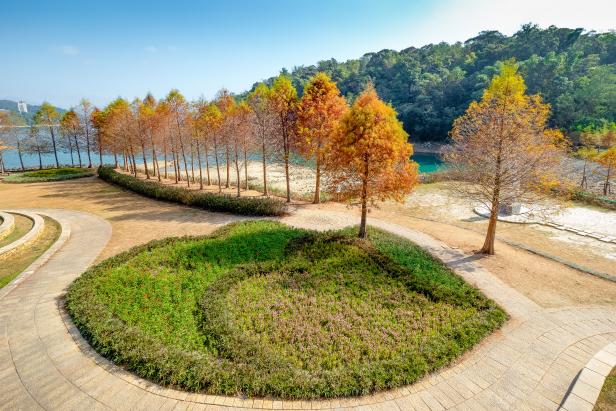
Shutterstock/Robert CHG
Some bald cypress selections have beautiful fall color.
Other Good Selections
- Autumn Gold – excellent pyramidal habit; eye-catching rusty orange autumn color; more compact than the straight species, only reaching up to 60’ x 25’ at maturity
- ‘Nutans’ – an attractive pond cypress that develops dense growth along pendulous branches
- Shawnee Brave – outstanding pyramidal habit; fantastic potential as a street tree; resistant to mite damage








